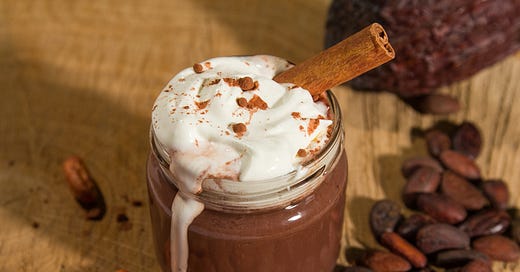HAS FAIRTRADE OUTLIVED ITS USEFULNESS IN THE GHANAIAN COCOA SECTOR?
An Email-based Interview with Fairtrade Africa- West Africa Network
[Part One]
The relevance of Fairtrade has been a longstanding debate within the cocoa-chocolate industry. Fairtrade was grounded in the approach where all smallholder producers were granted fair and equitable access to international markets. This meant that Fairtrade was to be the voice of smallholder producers in advocating with governments for better policies that allow for international trade, not aid to be the route to poverty alleviation. These had nothing to do with “certification”. Fairtrade was big on the price of end products linked to the actual cost of production, and all producers had equal access to the markets.
However, in 1988, the market access advocate branched into a certification label with the intent of helping consumers and distributors to track how products with the fairtrade label were benefitting producers. Fairtrade’s initial focus on advocating for the good of “all smallholder producers” became “some smallholder producers who produce to suit a newly developed standard just because the buyers must pay a little bit more. So, we give you some extra money to offset the additional cost of producing to suit us; hence you earn nothing.”
Fairtrade “label” entered the cocoa sector in the 1990s. Unlike their initial market access advocacy, the cocoa sector did not have issues with market access as it was a supplier market. So, the value proposition made to the cocoa sector was an assurance of a minimum price per metric ton and a Fairtrade premium for cocoa farmers. However, in return, farmers who were interested in benefitting from these not only made to pay to join the fairtrade label via a cooperative society but also incurred extra costs to meet the fairtrade label without any assurance of their Fairtrade labelled Cocoa being purchased on fairtrade terms.
The minimum Fairtrade price also assumed that for over 20 years, until 2020/21, a world market price of $2000 per metric of cocoa beans was enough revenue for farmers to fund their farming operations according to Fairtrade label’s standards and meet their livelihood needs and those of their households. I am sure that Fairtrade knew that Ghanaian cocoa farmers received only a percentage of the world market price, with the remaining being retained by the national cocoa marketing board. When I clarified with Fairtrade on whether their Fairtrade minimum price is compared with the world market price or the producer price, they answered that:
Keep reading with a 7-day free trial
Subscribe to Cocoa Diaries Newsletter to keep reading this post and get 7 days of free access to the full post archives.




